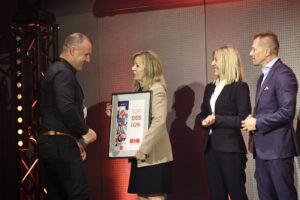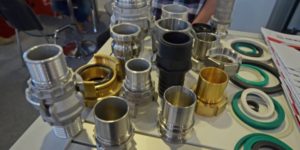The connector and valve industry is one of those market segments where precision plays a key role. It is hard to imagine that the order ordered by the customer could be made imprecisely in our company. Among other things, because in our factory we use pressure casting technology.
Some history…
The history of pressure foundry dates back to the 19th century. However, to get to the main part of this story, you must first realize that before the invention of this method, individual elements, such as print fonts, were made manually. That was very difficult to talk about repeatability and far-reaching standardization of products.
The linotype changed the case. The invention allowed to automate the foundry process, which has been increasingly improved over the years. A major breakthrough was the extension of foundry technology to further industries, including army, for the needs of which the first weaponry was produced in this way, which was then used during World War I.
Over time, the device was modernized, but the operating philosophy remained unchanged. Initially, people worked only on the foundry of lead, but today we are able to harness this technology to work with such metals as aluminum, magnesium, copper and zinc.
In the connector industry, which still plays a key role for BODtech, the appearance of certification, i.e. standards with which a given product must be compatible, has changed a lot. Recipients are looking for certified products and our company gives them such an opportunity. Our factory offers as many as 10 production lines, 5 sets for the production of zinc alloy castings and the same for creating aluminum products.
With such an advanced factory, we can successfully not only operate in the industry, but also meet increasingly stringent product compliance standards. Today, compliance with standards such as GB, ASTM, SAE, DIN, EN or ISO is not a challenge for us. At the same time, it shows the possibilities of a technologically advanced pressure foundry.
Due to the dynamic development of many economies, the demand for standardized products will increase more and more. In tandem with lower costs of producing a single product, it is quite clear what the next years in the industry can bring.
Today, pressure technology is not a necessity, but just one option. There are also gravity and wax foundries, which in their assumptions use heat-resistant ceramic material. The BOD Group uses these technologies in their daily work, but we will tell you about their specifics in our subsequent publications.
In conclusion, it is worth saying that seemingly archaic technology, which dates back to the nineteenth century, still allows us not only to manufacture connectors or prototype molding samples. It is thanks to the continuous development of this branch of technology that we can design and produce molds of almost any shape or create injection molds, without which our everyday life would be much more complicated.












